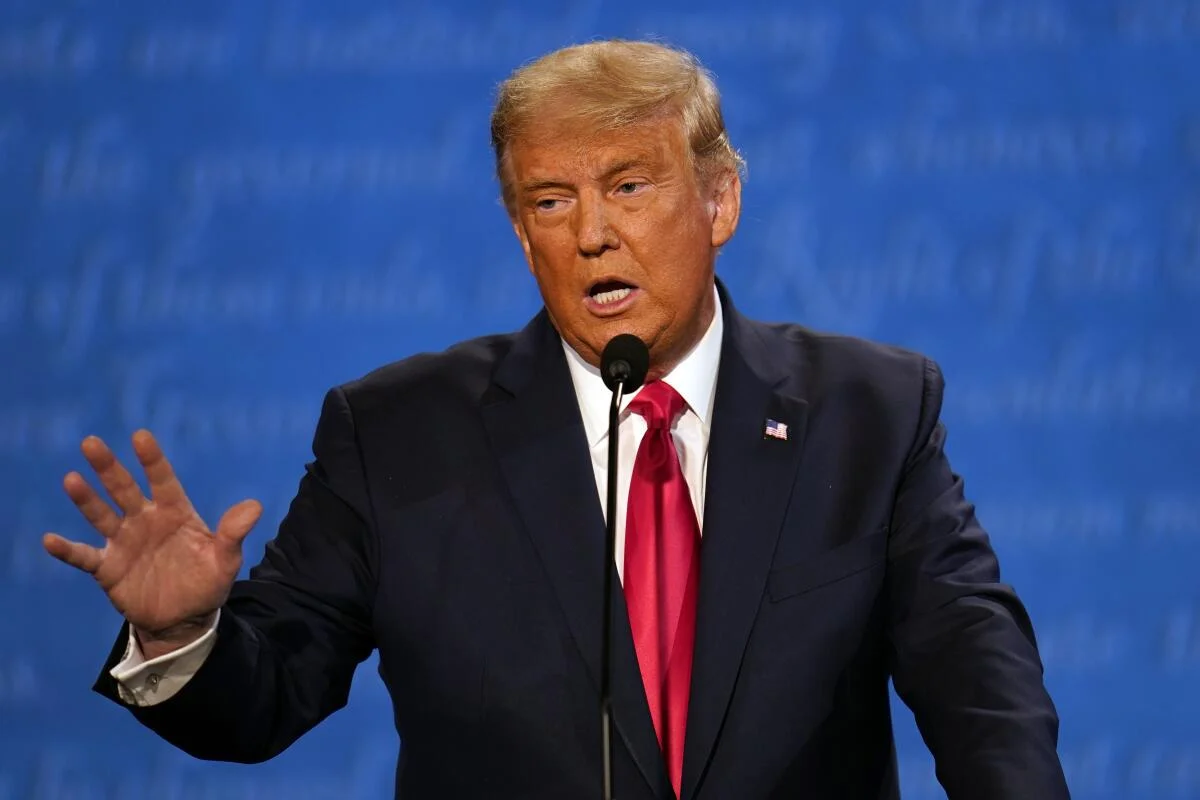In a surprising move, U.S. President Donald Trump announced a 90-day pause on many of his newly imposed tariffs, despite raising tariffs on imports from China. This decision, made amid global market volatility, has sent Wall Street stocks soaring and caused a stir across international markets.
Trump’s Tariff Update: What Does It Mean?
On Wednesday, Trump took to his Truth Social platform to reveal the pause on many tariff hikes. This followed a wave of market instability, with Wall Street stocks plummeting in response to escalating global trade tensions. Trump’s announcement was met with a sharp rise in stock prices, particularly the S&P 500, which surged 6% to 5,281.44.
“I have authorised a 90-day PAUSE on higher tariffs,” Trump wrote, explaining that over 75 countries reached out to negotiate and did not retaliate against the United States. As part of the revised policy, only a flat 10% tariff on all countries, effective from Saturday, will remain in place. This marks a significant reversal from the previous punitive levies imposed, even on U.S. allies.
Trump’s Tough Stance on China
While Trump has paused some tariff hikes, he made it clear that his stance on China remains tough. The former president accused China of “ripping off” the U.S. and immediately raised tariffs on Chinese imports to a staggering 125%. This decision followed earlier tariff hikes that saw duties on Chinese goods increase by 104%. In retaliation, China raised its own tariffs on U.S. imports to 84%.
Trump’s announcement came after the European Union also launched retaliatory measures targeting U.S. exports in response to American duties on global steel and aluminum exports. However, the EU did not take action against the new 20% U.S. tariffs imposed on Wednesday.
The Impact of Trump’s Tariff Policy
Trump’s new tariff policies are a continuation of his “America First” economic agenda. The objective is to revive America’s manufacturing base by incentivizing companies to relocate their operations back to the U.S. His criticism of China stems from accusations of overproduction and “dumping” cheap goods into other economies.
For the global market, the decision to pause tariffs, even temporarily, brings relief to many countries. Wall Street responded positively to the announcement, reversing several days of losses. While Trump’s pause on tariffs provides some stability, his increased tariffs on China add further uncertainty to international trade relations.
Global Reactions to Trump’s Tariff Moves
The announcement has sparked a range of reactions globally. U.S. Treasury Secretary Scott Bessent warned countries at a banking summit that aligning with China would harm their economic interests. Meanwhile, China responded with criticism, stating that the U.S.’s escalation of tariffs against China was a “mistake.”
While the European Union retaliated with tariffs on American goods, it refrained from hitting the new U.S. tariffs on Wednesday, signaling a cautious approach amid ongoing negotiations.
Conclusion: Will the 90-Day Pause Be Enough?
Trump’s decision to pause most of his tariff hikes for 90 days offers some short-term relief to global markets, especially as countries rush to negotiate with the United States. However, with China and the U.S. locked in a trade war, the long-term effects remain uncertain. Trump’s move to raise Chinese tariffs to 125% signals that the U.S. government remains committed to challenging China’s trade practices.
For businesses, investors, and international relations, the coming months will be crucial. As countries and companies work through the economic fallout, only time will tell if the temporary tariff pause will lead to a more stable global trade environment or if tensions will continue to rise.




